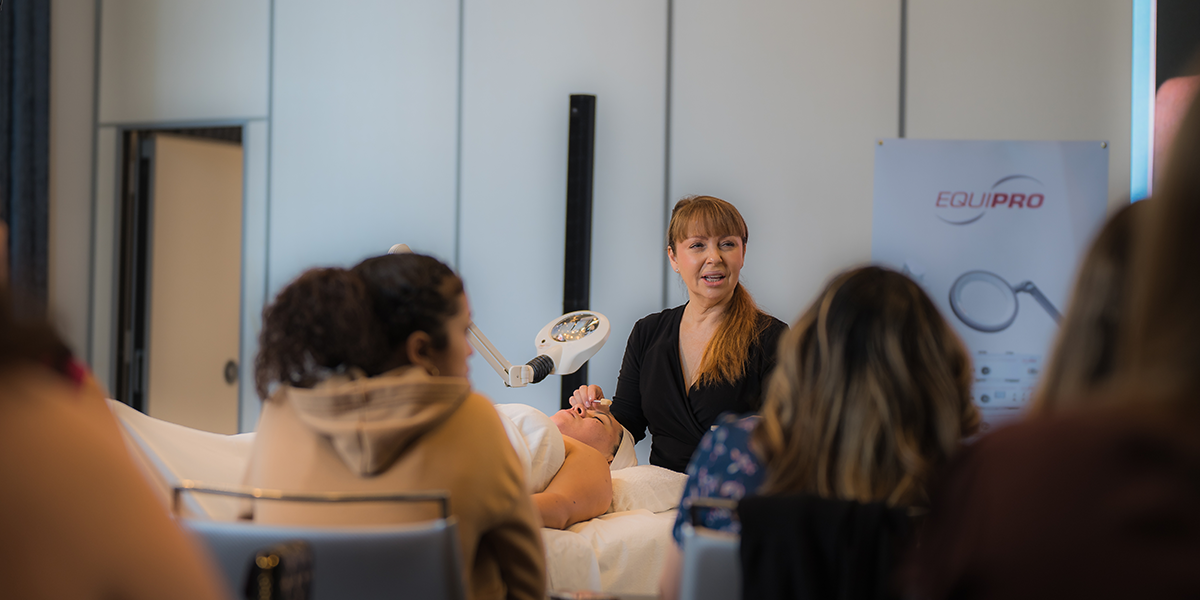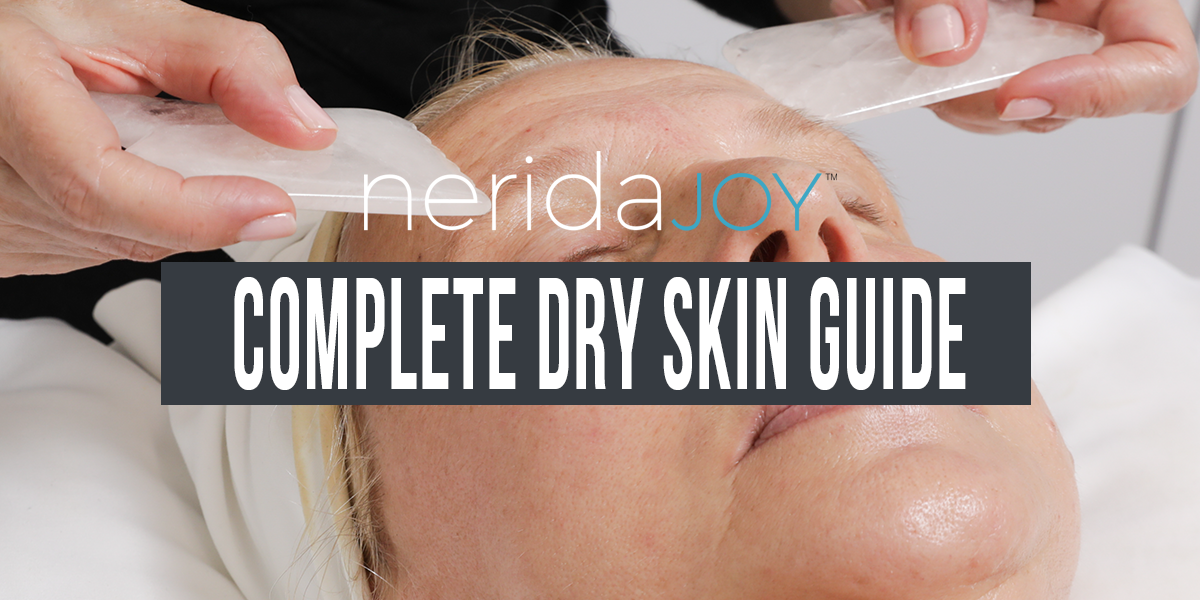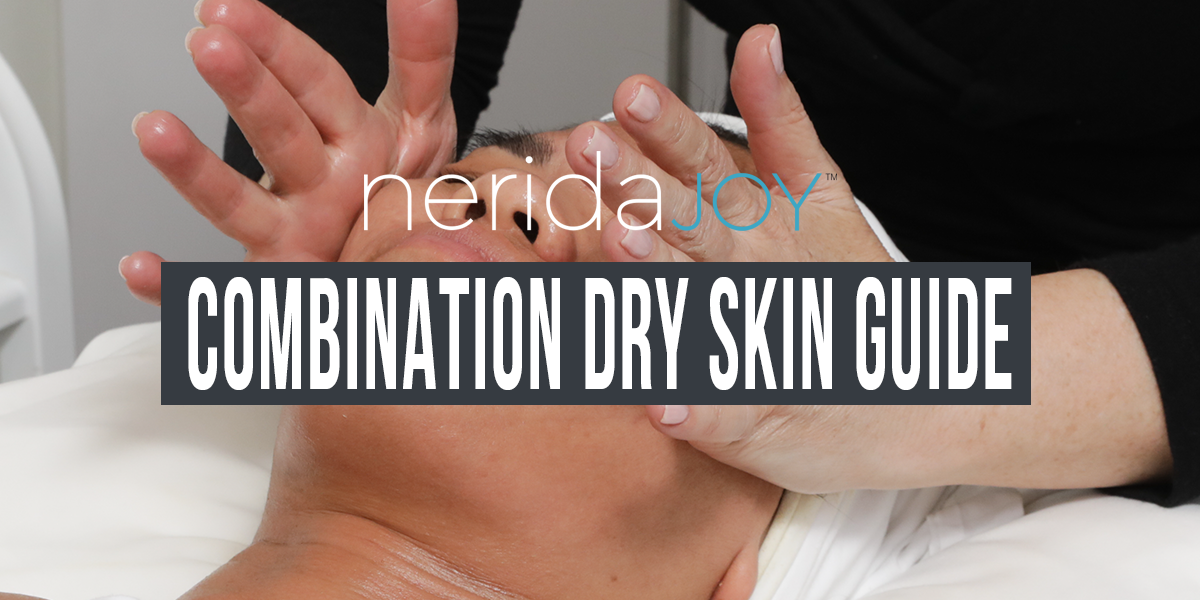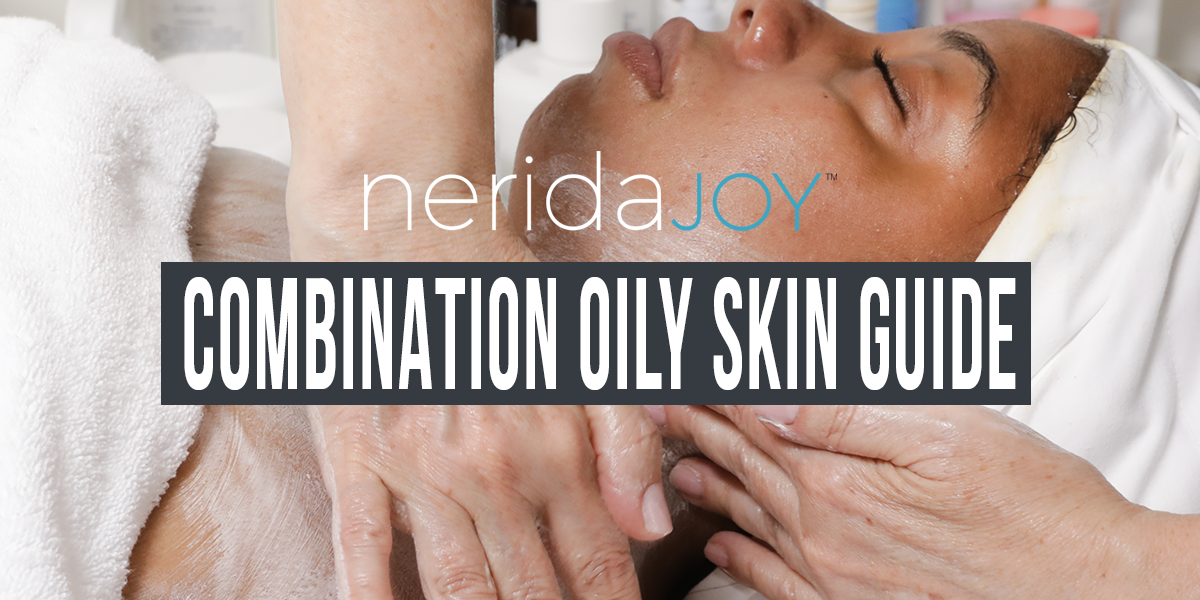How to find your skin type
Stand in front of the mirror with a clean face and really look at your skin, especially at your pore size and where you have blackheads:
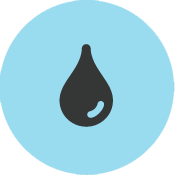 Oily Skin
Oily Skin
Oily skin is indicated by blackheads – which are caused by oil – covering the whole face: cheeks, forehead, chin, nose and even inside your ears. Pores tend to appear enlarged. Skin is often shiny and oily throughout the day, although not always as it may
be suffering from surface dryness.
 Combination Oily Skin
Combination Oily Skin
Combination/oily skin is more oily than dry, with an oily T-zone that is really more V-shaped, extending from the forehead down across the cheeks under your eyes and narrowing towards the chin. Blackheads are typically found in this area, which is often also oily and shiny unless surface dry.
 Combination Dry Skin
Combination Dry Skin
Combination/dry skin is more dry than oily. A few blackheads can be found, mostly on your nose and chin rather than your forehead and cheeks. Pores are usually on the smaller side.
 Dry Skin
Dry Skin
Dry skin has smaller-sized pores with no sign of blackheads. Your skin feels in constant need of nourishment.
Can there be other skin types?
These are the four main skin types, but there are many sub-conditions that can affect your skin. Sub-conditions describe how the skin is influenced by the environment, your location, the products you use, your age, any medications or illnesses, your diet, lifestyle, and procedures. While you can’t change your skin type, sub-conditions can be addressed through lifestyle consistency, improvements to your health, products and treatments.
What will the right products do for your skin type?
The right products will support your skin type and address your sub-conditions. Thoroughly cleansing your skin with the right cleanser will keep it soft and supple and ready to absorb the treatment products that will target your specific areas of concern. Consistently following the right homecare regimen will bring balance to your skin, keeping it healthy and hydrated. It will also slow down the appearance of the aging process.
What can the wrong products do to your skin?
The wrong products can affect the pH balance of the skin, making it surface dry and irritated. They can also burn the skin, or cause it to be itchy, blotchy, pigmented, ruddy, inflamed, congested or acne-prone.
How long does it take to know that you are using the wrong products?
It could be as soon as immediately, or it could take up to a couple of weeks. If you are using a product that is stripping or irritating your skin, stop using it immediately and go back to basics with your regimen until your skin barrier is repaired.




